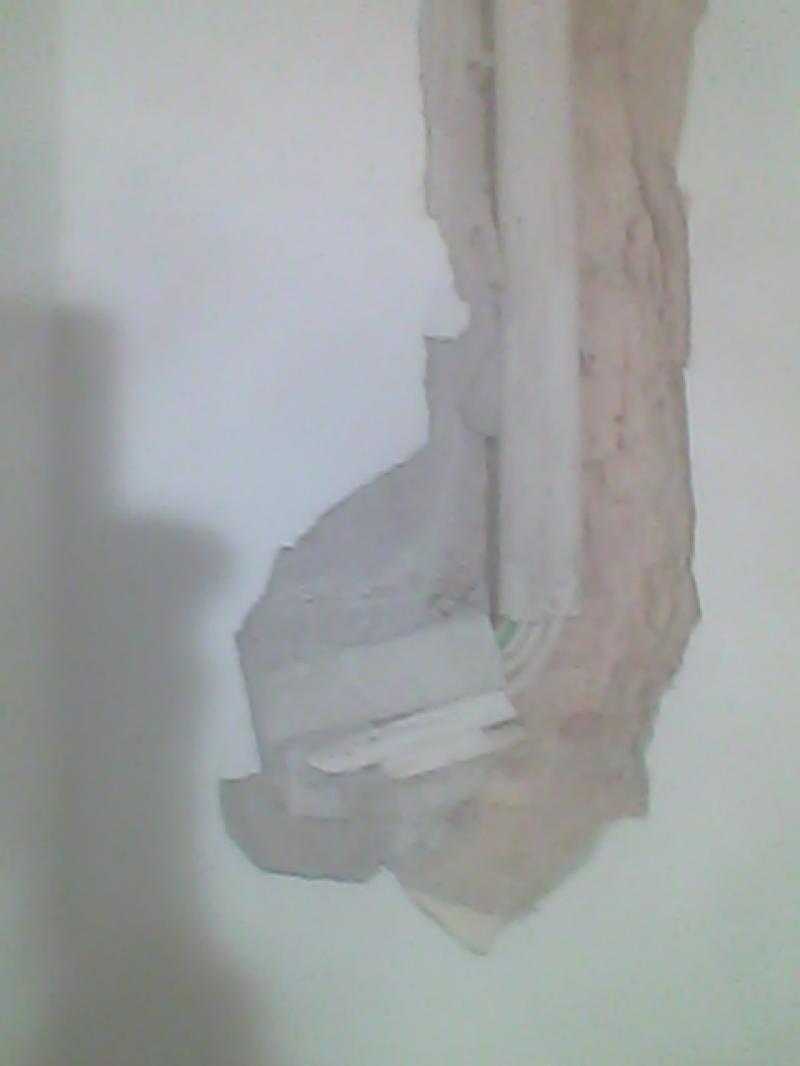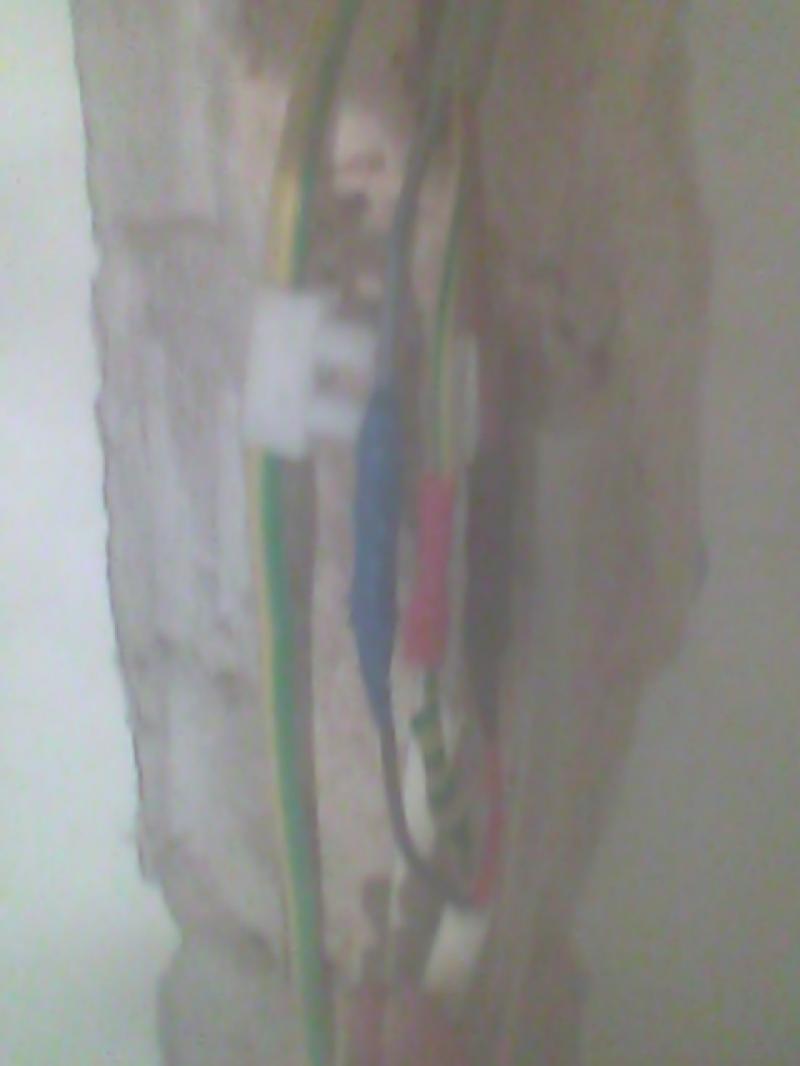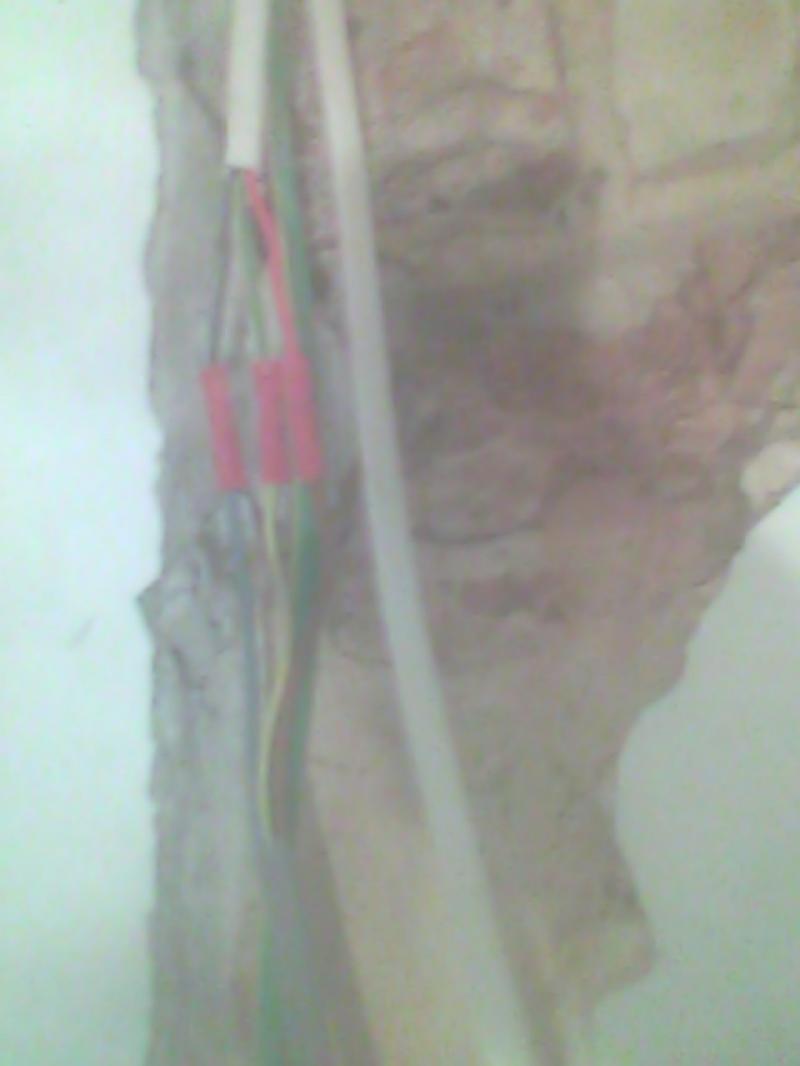Can't believe how stupid I was - used a wallscanner that gave no reading for electric, but clear reading for metal, somehow thought if it was a cable it would register as machine was pretty good at picking up live wires from lightswitches, should have chiseled off some plaster before drilling to have a look. Anyway there are three cables and an earth in plastic conduit that I have drilled through in 3 places about 1.5m between top and bottom holes drilled into the oval plastic conduit. The consumer unit is only about 2 feet away from the bottom of the damaged section (on the other side of the corner wall mounted in hallway. Do I chisel more plaster away right back to consumer unit or should I just join the wires in the wall near the damaged section ( Iwould need to have two joins to replace the 1.5m damaged section) Would it help to go further up wall to ceiling and remove coving? What connectors and conduit should I use to bury the repair in the wall? I dont think all three wires were damaged by the drill as only the lounge lights tripped, but unless I chisel back to the consumer unit and disconnect the wires I cant remove the conduit to see without cutting right through the lot and sliding it off?
Was planning to PVA and use two coats of plaster to repair.
Thanks for your time and help.
Was planning to PVA and use two coats of plaster to repair.
Thanks for your time and help.







